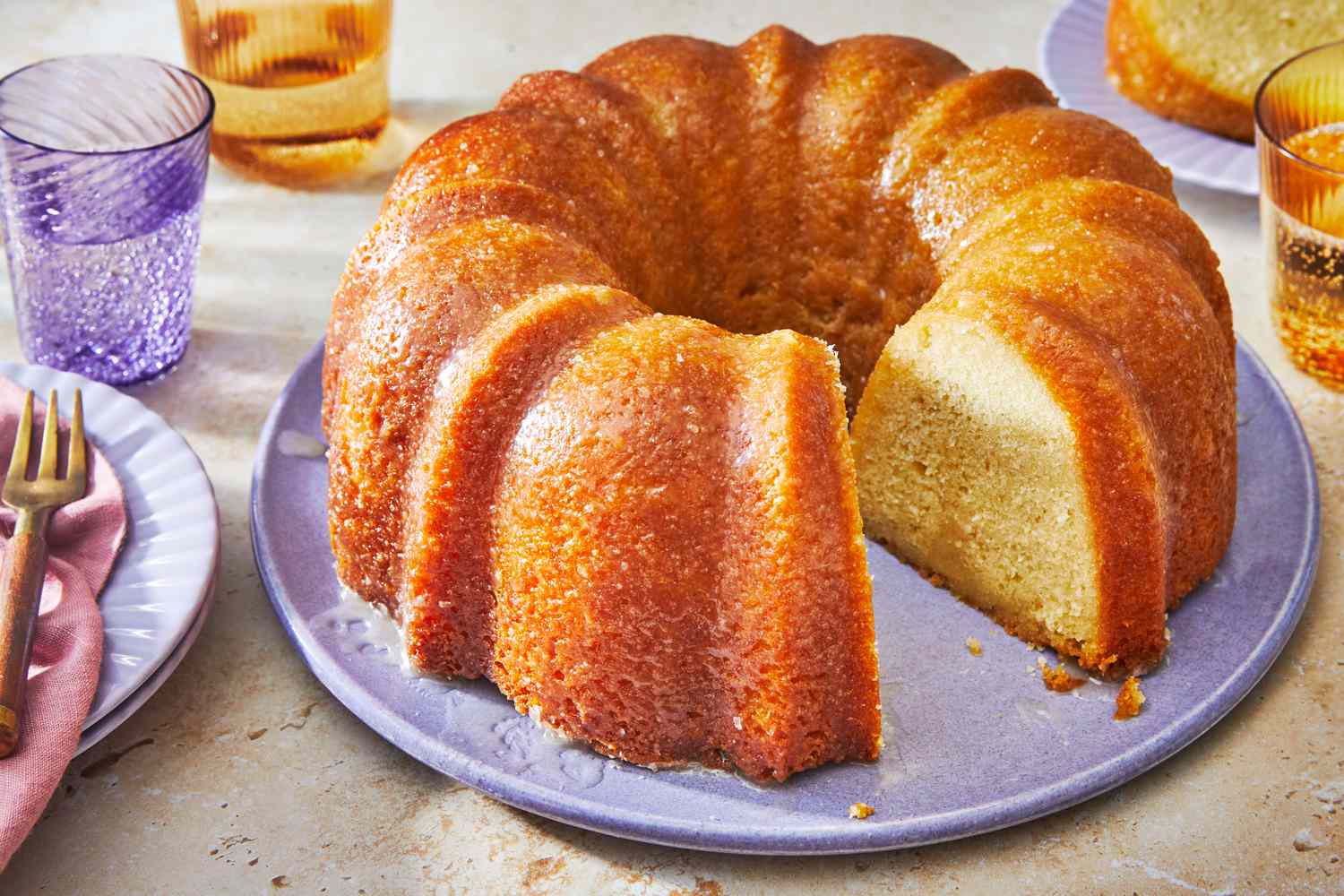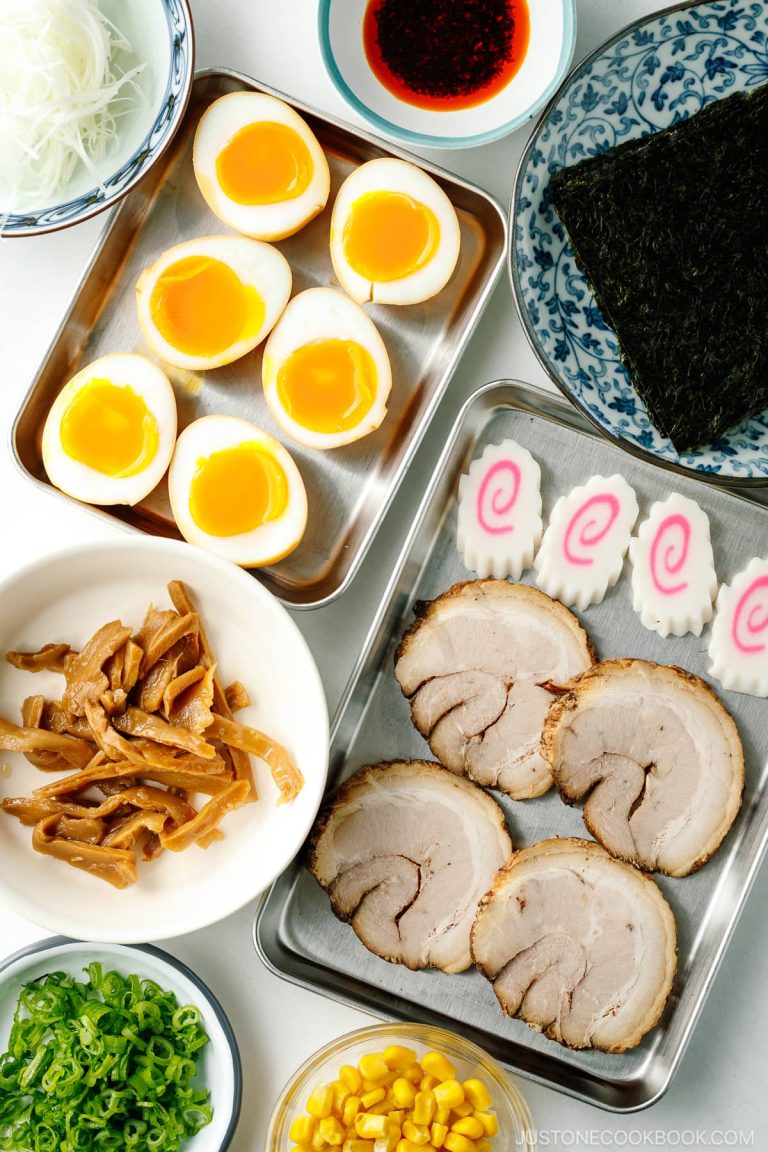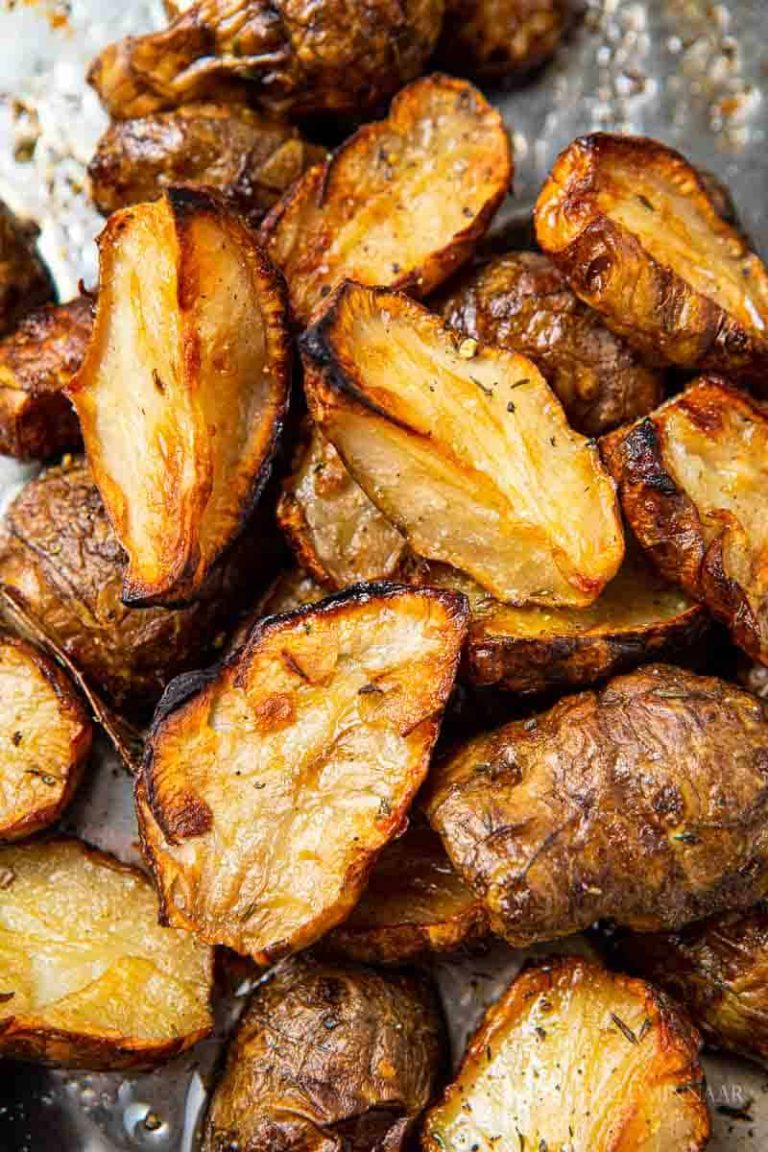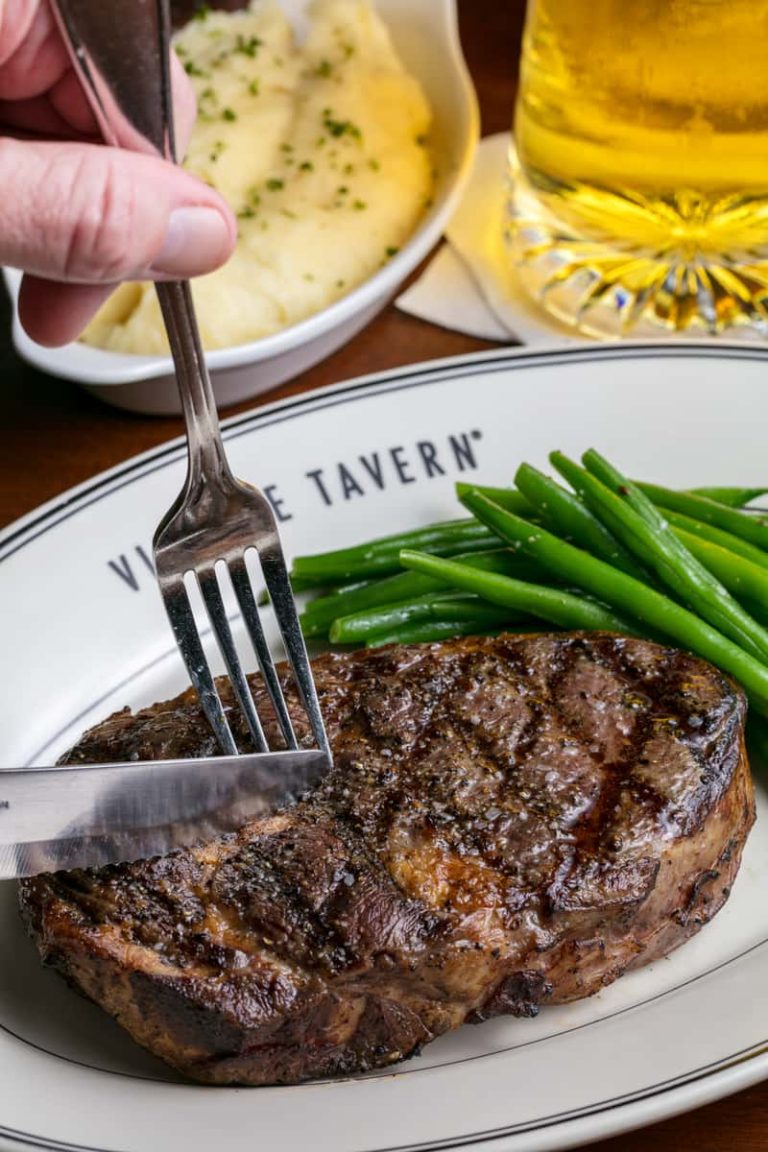Kentucky Butter Cake: Origins, Baking Tips, and Perfect Serving Suggestions
Kentucky Butter Cake traces its origins to the American South, particularly Kentucky. Early recipes from the mid-20th century emphasize simplicity, using common pantry ingredients such as flour, sugar, and butter. These cakes gained popularity at community gatherings and church socials, where their rich flavor and moist texture won many hearts.
Kentucky, known for its deep culinary traditions, embraced the butter cake, making it a staple at family dinners and holiday celebrations. The simple yet indulgent nature of the cake mirrored the Southern values of hospitality and comfort.
Evolution of the Butter Cake Recipe
Over time, the Kentucky Butter Cake recipe evolved to incorporate more refined techniques and ingredients. Original recipes used basic components, but modern versions often enhance flavor with added vanilla, rum, and buttermilk. Many bakers now pour a buttery vanilla sauce over the hot cake, ensuring each bite delivers a burst of flavor.
Despite these changes, the core essence remains the same—a dense, moist cake that offers a delectable experience. Today’s variations reflect the cake’s adaptability while preserving its traditional charm.
Key Ingredients in Kentucky Butter Cake
Why Butter Is Crucial
Butter creates the rich texture and flavor that defines Kentucky Butter Cake. Its high-fat content adds to the cake’s moistness, ensuring a tender crumb. When you mix butter with sugar, it creamifies, trapping air that helps the cake rise. Butter also acts as a flavor carrier, enhancing the vanilla and other elements in the recipe.
Other Essential Ingredients
Flour forms the base of the cake, providing structure. It balances with the wet ingredients, ensuring the cake holds its shape.
Sugar, another key ingredient, provides sweetness and aids in the cake’s browning process. It works with butter to create a light and airy texture during the creaming process.
Eggs contribute to the cake’s stability and structure. They emulsify the batter, holding the ingredients together. The proteins in eggs also help the cake rise and set.
Buttermilk adds a subtle tang to complement the butter’s richness. It reacts with baking soda to create gas bubbles, resulting in a lighter cake.
Baking soda, serving as the leavening agent, helps the cake rise by reacting with the acidic buttermilk.
Vanilla extract infuses the cake with a depth of flavor. Its aromatic properties enhance the overall taste, making the cake more indulgent.
Rum, if included, brings a warm undertone and a complex flavor that elevates the traditional recipe.
Salt enhances all the other flavors, providing balance and preventing the cake from tasting overly sweet.
Baking Techniques for the Perfect Kentucky Butter Cake
Importance of Proper Mixing
Good mixing technique is crucial for achieving the desired texture of Kentucky Butter Cake. Overmixing can lead to a tough cake, while undermixing results in lumps and uneven texture. First, cream the butter and sugar until light and fluffy, typically around 3 to 5 minutes, using a stand mixer on medium speed. Add eggs one at a time, beating well after each addition to ensure full incorporation. Alternate adding the dry ingredients (flour, baking soda, and salt) and the wet ingredients (buttermilk and vanilla extract) to the batter. Start and end with the dry ingredients, mixing just until incorporated. Scrape the sides of the bowl regularly to ensure an even mix.
Tips on Baking Temperature and Timing
The correct temperature and baking duration are essential. Preheat your oven to 325°F (162°C). Grease and flour a Bundt pan to prevent sticking. Pour the batter into the pan and smooth the top with a spatula. Bake for approximately 60 to 70 minutes, or until a toothpick inserted into the center comes out clean. If the cake browns too quickly, tent it with aluminum foil halfway through baking. Once baked, let the cake cool in the pan for about 10 to 15 minutes before transferring it to a wire rack to cool completely. Brush the warm cake with the prepared butter sauce, allowing it to soak in for enhanced moisture and flavor.
Serving and Storage Suggestions
Best Practices for Serving
Serve Kentucky Butter Cake at room temperature for the best flavor and texture. Allow the cake to cool completely on a wire rack after baking. Once cooled, you can slice the cake directly from the Bundt pan for easy serving. For an elegant presentation, dust with powdered sugar or drizzle with a light glaze made from powdered sugar and a bit of milk. Serve with fresh berries or a scoop of vanilla ice cream for extra indulgence.
How to Store for Longevity
Store Kentucky Butter Cake in an airtight container to maintain its moisture and flavor. At room temperature, the cake stays fresh for up to three days. For longer storage, refrigerate it. Wrapped tightly in plastic wrap, it can last up to a week in the fridge. For extended shelf life, freeze the cake. Wrap slices individually in plastic wrap, then place them in a freezer-safe bag. Frozen slices maintain quality for up to three months. When ready to enjoy, thaw slices at room temperature or gently warm them in the microwave.
Comparing Kentucky Butter Cake to Other Desserts
Similarities with Pound Cake
Kentucky Butter Cake shares several characteristics with Pound Cake. Both desserts feature a dense texture derived from their rich batter. Butter plays a crucial role in achieving their moist consistency. Classic recipes for both cakes use staple ingredients such as flour, sugar, eggs, and, of course, butter. The baking method often includes similar steps like creaming butter and sugar together before adding wet and dry ingredients. Using a Bundt pan to bake these cakes enriches their aesthetic appeal and allows for uniform baking. The application of a glaze or syrup after baking is another commonality, enhancing overall flavor and moisture.
Differences from Traditional Sponge Cakes
Kentucky Butter Cake differs significantly from Traditional Sponge Cakes in terms of ingredients and texture. Traditional Sponge Cakes rely heavily on beaten eggs, sometimes separated and whipped, to achieve their light, airy texture. Unlike the dense nature of Kentucky Butter Cake, Sponge Cakes are designed to be fluffy and spongy. Instead of butter, some Sponge Cake recipes use minimal fat or oil, focusing more on egg volume for moisture and structure. The preparation technique for Sponge Cakes often involves folding the ingredients carefully to retain air, contrasting with the more straightforward mixing method of Kentucky Butter Cake. Additionally, Sponge Cakes occasionally use fillings like cream or fruit between layers, which is not typical for Kentucky Butter Cake.
Conclusion
Kentucky Butter Cake stands as a testament to Southern baking traditions with its rich flavors and moist texture. By mastering the refined techniques and using key ingredients like butter and buttermilk, you can create a dessert that’s both delicious and memorable. Whether you’re comparing it to Pound Cake or contrasting it with Sponge Cake, this dessert has its own unique charm. Don’t forget to follow the best practices for baking and storage to ensure your cake remains fresh and flavorful. Enjoy every bite of this delightful Southern classic!






